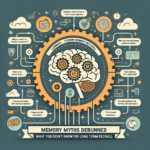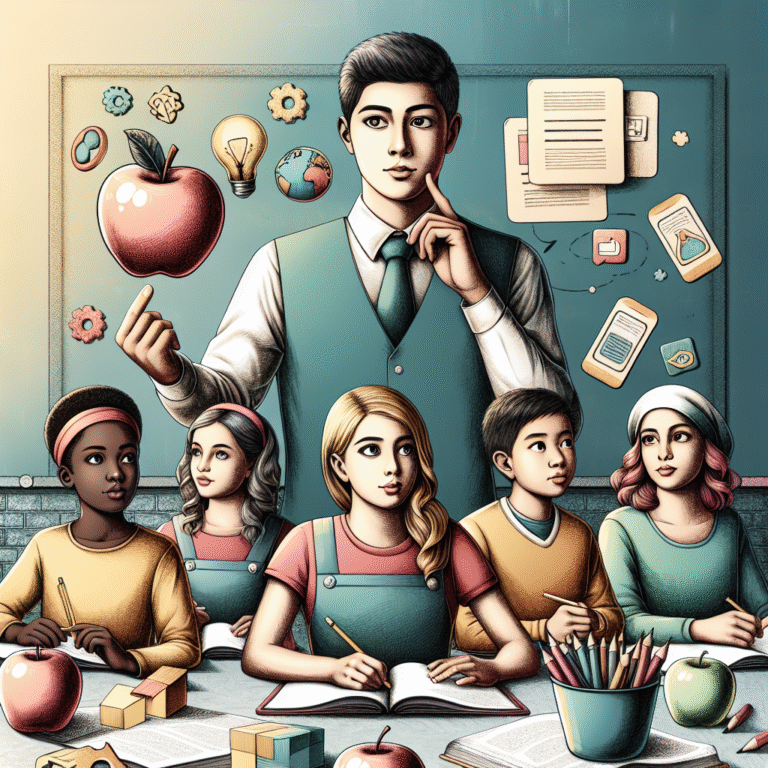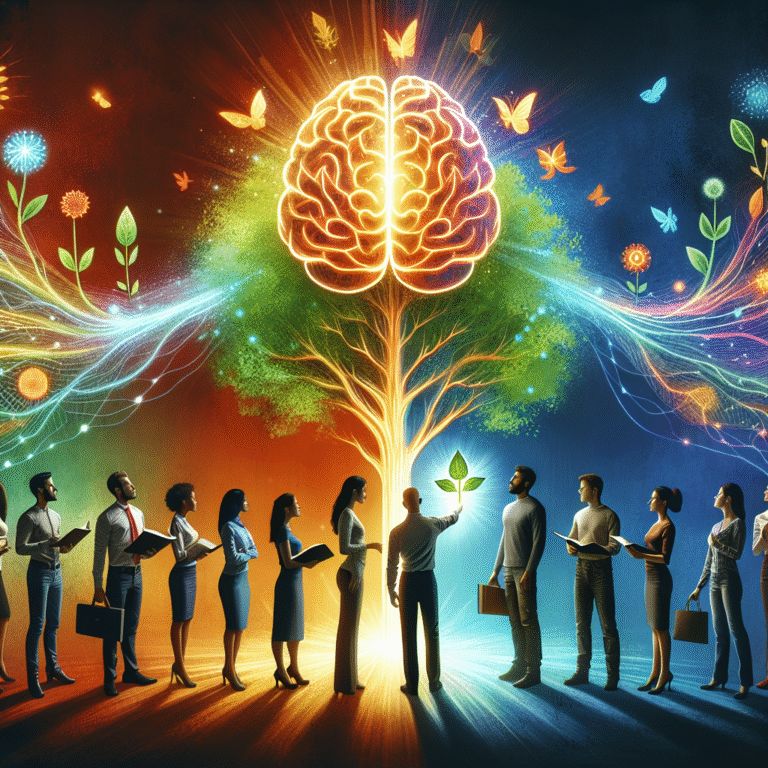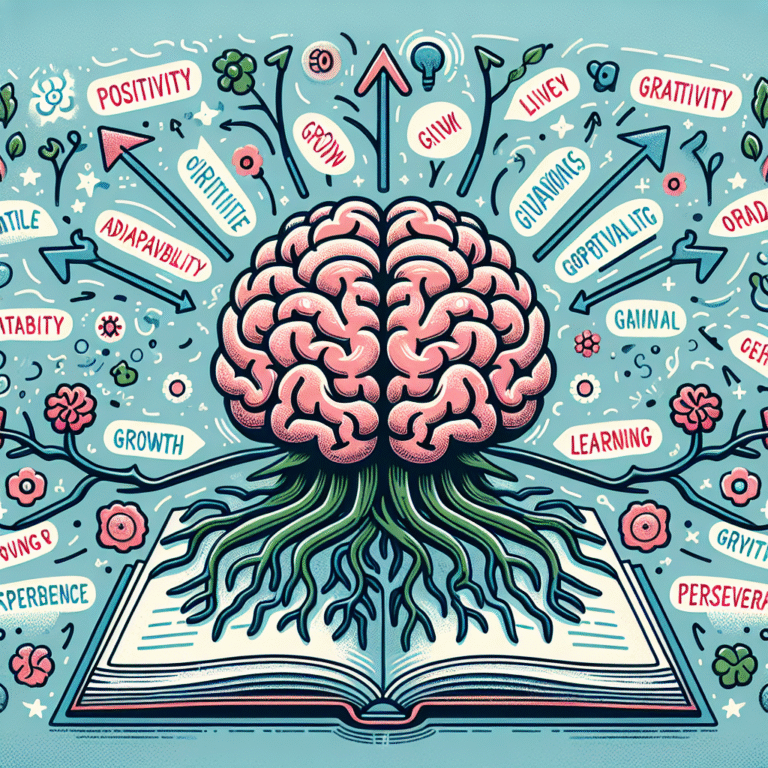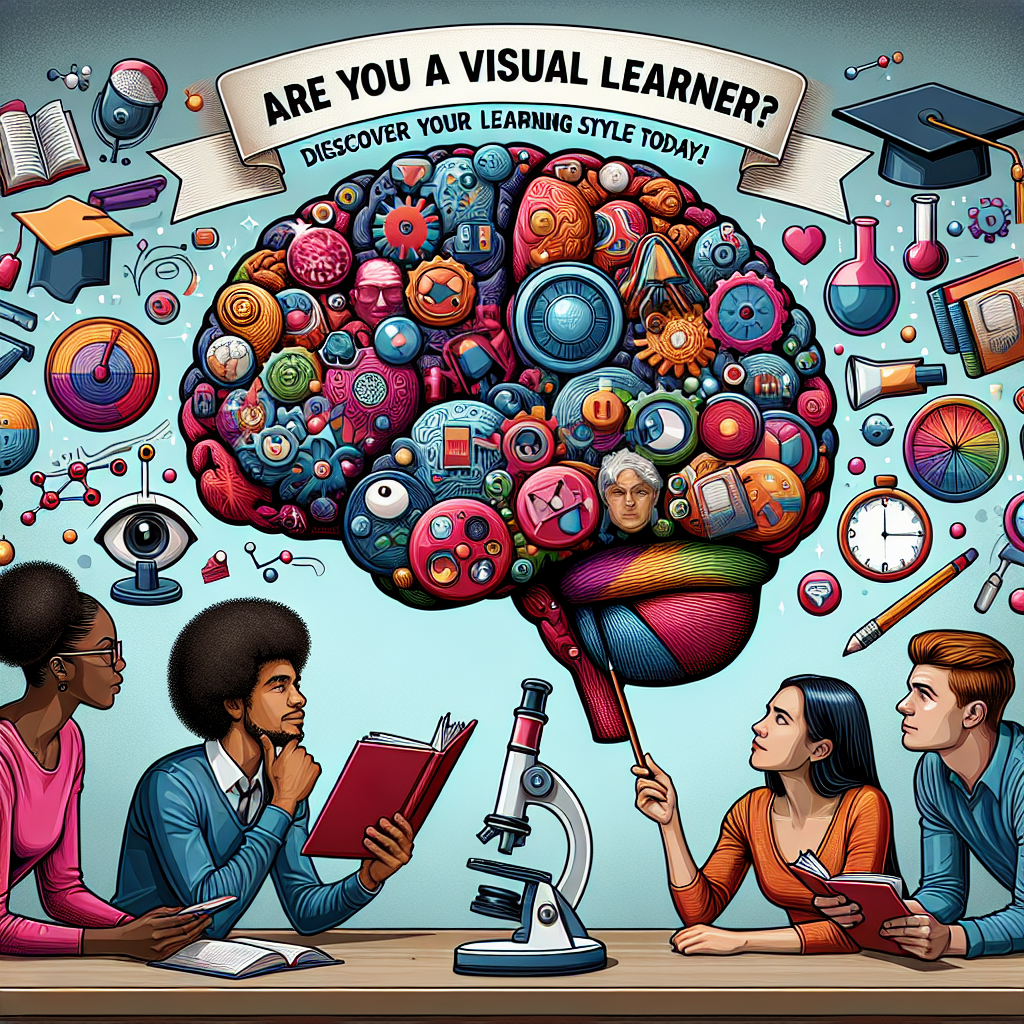
Introduction
Have you ever sat in a meeting, your mind drifting while colleagues discuss a topic, only to be jolted back to reality when someone flashes a diagram on the screen? If so, you may be one of the many individuals who thrive as visual learners. Learning styles can significantly influence how we absorb and process information, shaping our academic and professional journeys. In this ultimate guide, we invite you to explore the question, “Are You a Visual Learner? Discover Your Learning Style Today!”
Understanding your learning style is not just an academic exercise; it’s a powerful tool that can enhance your learning processes and effectiveness in daily life. By identifying whether you’re a visual learner, you’ll unlock strategies that can make your study sessions more productive, your communication clearer, and even your work more impactful. Let’s embark on this enlightening journey together!
Understanding Learning Styles
What Are Learning Styles?
Learning styles refer to the preferential way individuals absorb, process, and retain information. While various models exist, one of the most widely recognized is the VARK model, which categorizes learners into four main types: Visual, Aural, Read/Write, and Kinesthetic. This article focuses primarily on visual learners, examining how they learn and how to leverage their strengths.
The Characteristics of Visual Learners
Visual learners typically understand and retain information better when it is presented in a graphic form. Key traits often include:
- Preference for Images and Diagrams: Visual learners tend to remember information better when it’s accompanied by pictures, charts, or mind maps.
- Color Coding: Using different colors for different concepts helps these learners organize their thoughts.
- Strong Spatial Awareness: Visual learners often excel in fields that require spatial reasoning, such as architecture or design.
Understanding whether you’re one of them will provide the foundation for effectively using visual aids in learning contexts.
Assessing Your Learning Style
Key Questions to Consider
To determine if you are a visual learner, ask yourself the following questions:
- Do you prefer to visualize concepts instead of just listening?
- Are you more likely to remember information if it’s presented in graphs or pictures?
- Do you enjoy creating mind maps or diagrams as a study tool?
- Is your workspace filled with visual reminders and colorful notes?
- Do you find it hard to recall information presented only in written or spoken form?
If you answered "yes" to most of these questions, you may indeed be a visual learner!
Self-assessment Quiz
| Question | Yes | No |
|---|---|---|
| Do diagrams help you understand topics better? | ||
| Do you often doodle or draw while listening? | ||
| Do you create visual aids for your study sessions? | ||
| Do you think in pictures or images? | ||
| Would you rather watch a video than read a lengthy article? |
Feel free to use this quiz to reflect on your learning preferences.
Case Studies in Visual Learning
Case Study 1: The Impact of Visual Aids in Education
Research conducted in various educational settings has illuminated how visual aids can drastically scale a student’s understanding of complex material. For instance, a university study found that students who utilized mind maps scored 30% higher on exams compared to those relying solely on text-based notes.
Analysis:
This study reinforces the idea that visual learners benefit significantly from tools that illustrate information, suggesting educational institutions may enhance learning outcomes by incorporating more visual materials.
Case Study 2: The Corporate World’s Adoption of Visual Learning
Companies like Google and Apple have long implemented visual management techniques within their frameworks, such as Kanban boards and infographics, to streamline workflow and enhance team collaboration. A project analysis at a tech firm illustrated that teams using visual tools improved their project completion rates by 40%.
Analysis:
Visual tools in corporate settings not only improve understanding and organization but also foster team dynamics and accountability.
Effective Strategies for Visual Learners
1. Utilize Infographics and Charts
Incorporating infographics in learning materials makes complex information more digestible. Tools like Canva and Piktochart offer user-friendly platforms to create personalized visual aids.
2. Mind Mapping
Creating mind maps for projects or study sessions can engage your brain’s artistic side while helping you map out concepts visually.
3. Color Coding
Use various colors for different topics or ideas in your notes to easily differentiate and retrieve information later.
4. Video Learning
Leverage video resources on platforms like YouTube or educational sites that combine audiovisual elements with explanations.
5. Visual Note-Taking
Instead of traditional notes, opt for sketch notes that combine hand-drawn elements with your writing. This practice enhances retention and engagement.
The Role of Technology in Visual Learning
Online Tools
Many online tools cater specifically to visual learners:
- Canva: Helps create stunning visuals and infographics.
- Miro: A collaborative online whiteboard for brainstorming and mind mapping.
- Prezi: Dynamic presentation software that utilizes visual storytelling.
Apps for Visual Learners
Mobile apps like Notability and GoodNotes allow users to take handwritten notes while integrating images and diagrams, further supporting a visual learning style.
Actionable Tips for Visual Learners
- Set Up a Vibrant Workspace: Use a color scheme that motivates you and showcases visual reminders.
- Engage with Mockups: Whether designing or presenting ideas, sketches and mockups can make your plans concrete.
- Attend Workshops: Participate in workshops that offer hands-on activities and visual materials.
- Reflect on Internal Visualization: When studying, visualizing concepts step-by-step can enhance memory recall.
- Join Visual Learning Communities: Platforms like Pinterest or specific educational forums can connect you with resources and ideas tailored to visual learning.
Conclusion
Identifying whether you are a visual learner is the first step in harnessing your potential. By asking yourself, “Are You a Visual Learner? Discover Your Learning Style Today!”, you have begun a journey toward empowering yourself in your learning environments. Recognizing your strength in visual aids can lead to improved academic performance, better workplace efficiency, and more engaging learning experiences.
Now that you possess the insights and strategies to capitalize on your visual learning strengths, it’s time to take action. The path to mastery is bright; make it vivid, colorful, and uniquely yours!
FAQs
1. What are the main characteristics of a visual learner?
Visual learners tend to prefer images, diagrams, and color-coded information. They often think in pictures rather than words and find it easier to understand material presented visually.
2. Can visual learners excel in subjects like mathematics or science?
Absolutely! Visual aids such as graphs, charts, and diagrams are fundamental across these disciplines, aiding comprehension and retention.
3. Are there specific professions suited for visual learners?
Yes, fields such as graphic design, architecture, marketing, and education often favor individuals who can effectively utilize visual communication.
4. How can I improve my skills as a visual learner?
You can enhance your learning by practicing techniques such as mind mapping, using infographics, engaging in visual note-taking, and utilizing technology tools tailored for visual learners.
5. Is it possible to be more than one type of learner?
Yes! Many individuals exhibit characteristics from multiple learning styles. It’s essential to explore and understand a combination that resonates with you to develop a personalized learning approach.
By taking these insights into account, you can transform your learning experience and share your discoveries with others. Remember, your unique learning style is a vital part of who you are, and embracing it will empower you to reach new heights!


